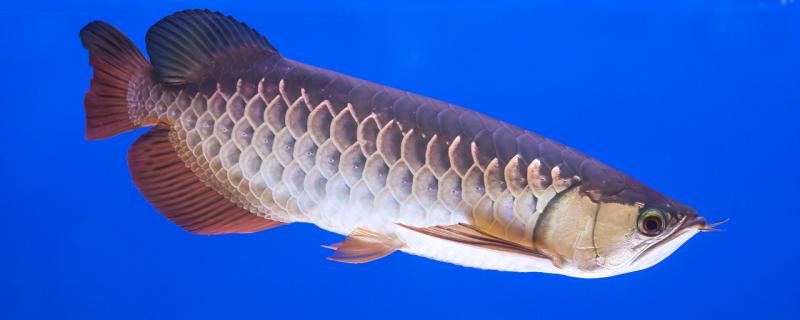
of colorful arowana? Colorful arowana is obtained by changing the body color of different varieties of arowana. They are the same variety as ordinary arowana, except for the color. Colorful colors will appear on the scales of colorful arowana. The common species are the colorful silver arowana and the colorful golden arowana. The body color of the colorful silver arowana is silver, which reflects the colorful light and looks sparkling. The colorful goldfish is mainly golden, and the golden background shows the colorful light.
colorful arowana 1. Water temperature: Colorful arowana has the same habits as ordinary arowana. They like a little higher water temperature. The breeder can control the water temperature between 24-28 degrees Celsius. Heating rods can be installed during feeding to ensure constant water temperature.
2. Water quality: Colorful arowana likes weakly acidic water, so the PH value can be controlled between 6.5 and 7.5. They like the old water, usually can change the water every 3-5 days, each time the amount of water can be
controlled at a quarter of the total amount of water. 3. Illumination: The biggest characteristic of the colorful arowana is the variety of colors. The breeder needs to give them sunshine every day to ensure that their body color is bright.
4. Feeding: The colorful arowana likes to eat some small fish, shrimps and other foods. The breeder can also regularly feed some synthetic feed or insect food.